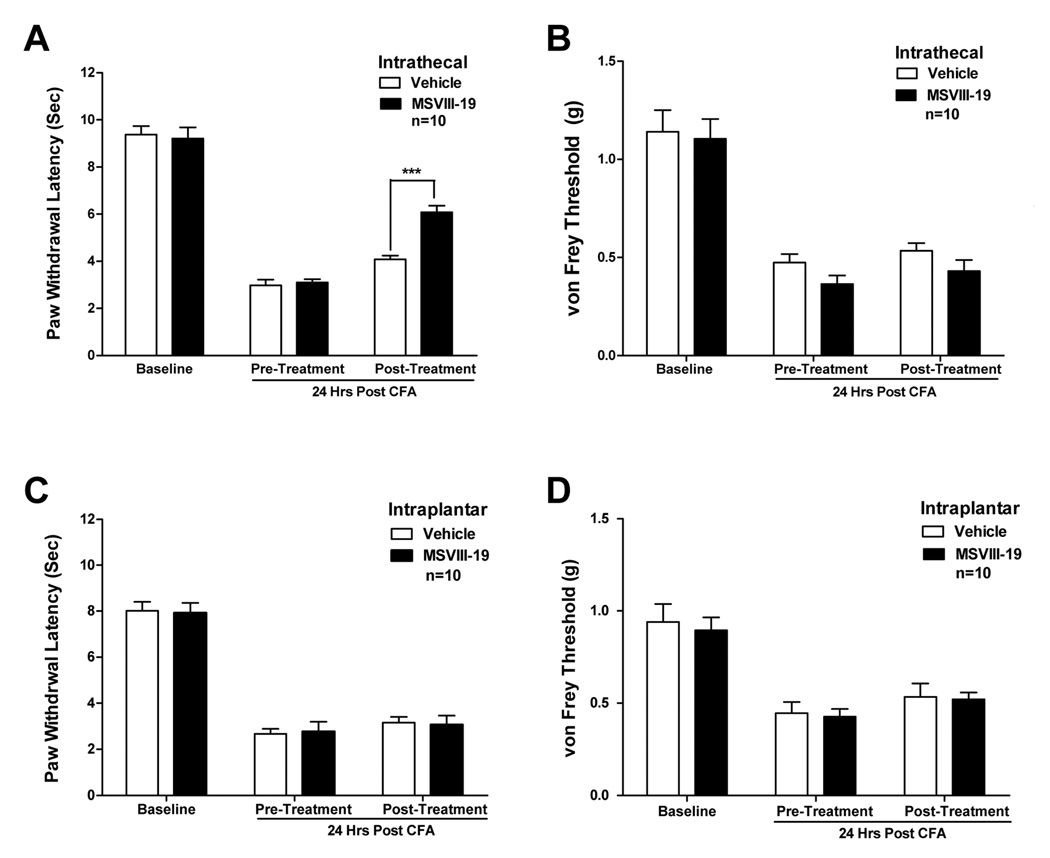Figure 4. Spinally but not peripherally administered MSVIII-19 selectively reduces thermal hypersensitivity in the CFA model of inflammatory pain.
After measurement of thermal and mechanical baselines, mice received a paw injection of CFA. Twenty four hours after CFA injection, mice were tested for thermal (A) or mechanical (B) sensitivity. The mice then received an intrathecal injection of either vehicle or MSVIII-19 (0.5 nmol), and were then tested for posttreatment thermal or mechanical sensitivity. CFA induced significant thermal and mechanical hypersensitivity relative to pre-CFA baselines (P < 0.01; ANOVA with Tukey’s post-hoc test). Thermal hypersensitivity was significantly reduced by MSVIII-19 relative to vehicle, whereas mechanical hypersensitivity was not affected. *** p< 0.001. C) and D) show that intraplantar administration of MSVIII-19 (2 nmol) has no effect on thermal or mechanical sensitivity in the CFA model.

